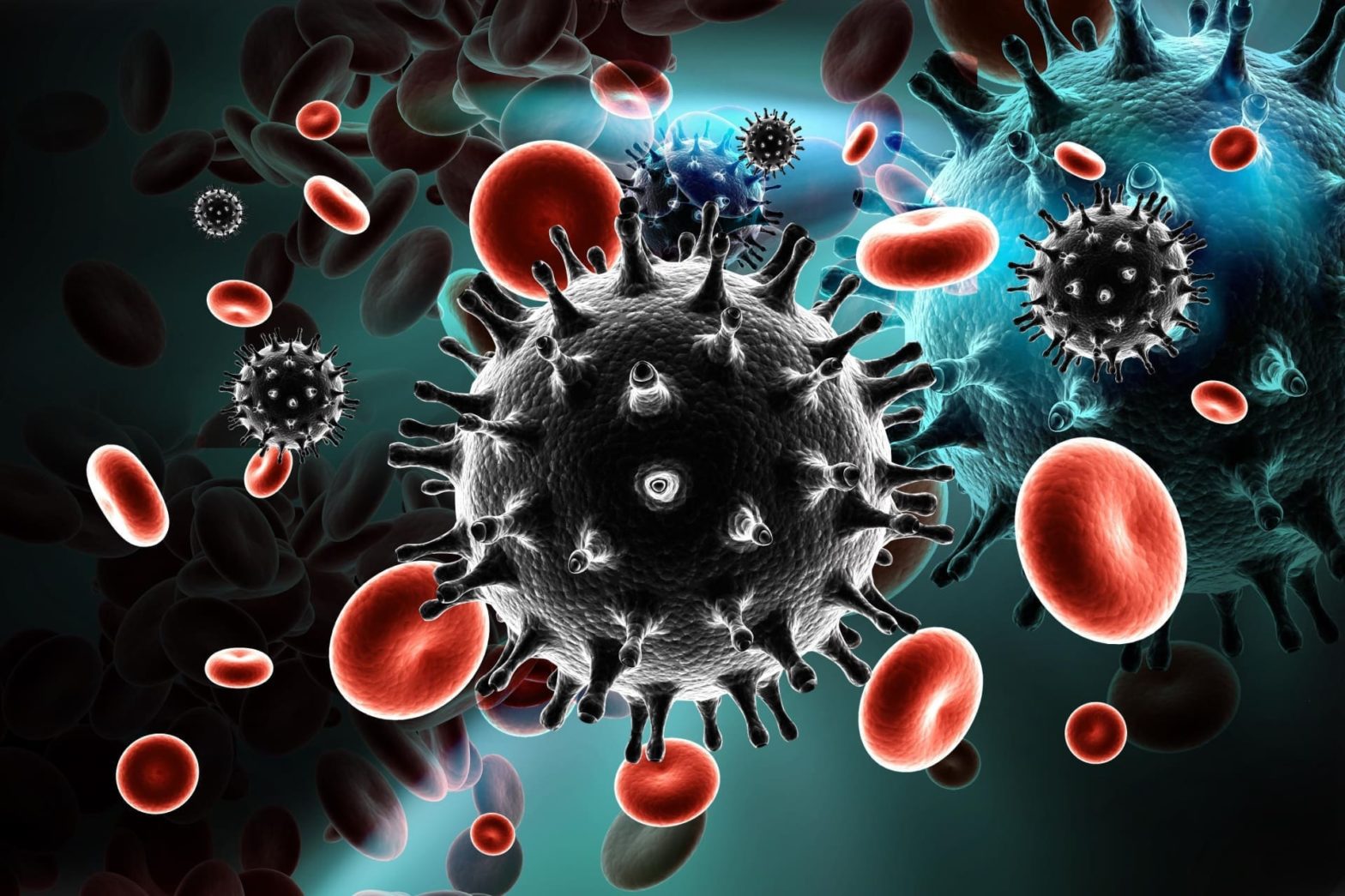There are many symptoms of infection that indicate a cycle that requires treatment. Infections have been on the rise in our population during the last few years
The infection cycle of a virus typically consists of four stages: attachment, penetration, replication, and release.
Symptoms: Depending on the type of virus, the symptoms can vary greatly. Some common symptoms of an infection include fever, headache, fatigue, and muscle aches. In more serious cases, other symptoms such as difficulty breathing, coughing, and chest pain may occur.
Treatment: Treatment for a virus typically involves antiviral medications, which can help reduce the severity of the symptoms and shorten the duration of the infection. In more serious cases, hospitalization and intravenous fluids may be necessary. Additionally, it is important to practice good hygiene, such as frequent hand-washing and avoiding contact with infected individuals.
As the world becomes more populated, the risk for infection increases due to changes in our diet and lifestyle habits. Plus, it is much easier to transmit an infection among people who are living close together. It is therefore, important to know the best ways to identify an infection and be acquianted with all the information about the best methods to control them.
The most important technique for identifying an infection is to take a person’s temperature. The presence of fever makes an infection a serious possibility. Raising the body’s temperature is a natural response that the body has created to help fight off an infection. With a higher temperature, the enzymes and cells operate faster and allows for increased blood flow. The body temperature is regulated primarily by a portion of the brain called the hypothalamus. It exists in the base of the brain and is a master controller of bodily functions. When the body is under stress, the hypothalamus responds in order to help managing and fight off the infection.
Infections can cause an increase in the amount of inflammatory markers. Chemicals that exist in the body called cytokines and interleukins are created in response to an infection. These molecules activate cells that are involved in fighting an infection and can be very helpful eradicating any traces of the disease. Therefore, these compounds are essential for infection control and keeps us healthy. New medicines and interventions have been created that limit the function of these agents and have a possibility of weakening their infection control capabilities. It is important to stop taking certain medicines that can suppress the immune system when there is an infection since you want the immune system to function as well as possible to get rid of the offending agent.
There are two main types of infections, viral and bacterial. A virus is an infection cause that exists everywhere and since they are very small, they can be carried in small droplets. Influenza and the common cold are two very common viruses that affect humans and cause mild illness. More serious infections such as viral encephalitis and or rabies can be very deadly and cause significant problems with a person’s quality of life.
Bacteria are another infection cause and live everywhere in the world and constantly attack the body. Most of the time the bacteria do not cause a serious problem and therefore do not result in an infection. But if the host is weakened or another injury occurs, the bacteria can multiply and cause an infection. This process occurs very frequently and requires antibiotics to manage the problem.
If an infection can be identified, then it can be treated. Medicines such as antibiotics or antivirals will reduce the replication of the agent so that the body can fight it off. If the agent is eliminated, then the body has a good chance to recover and the symptoms of infection will resolve.
